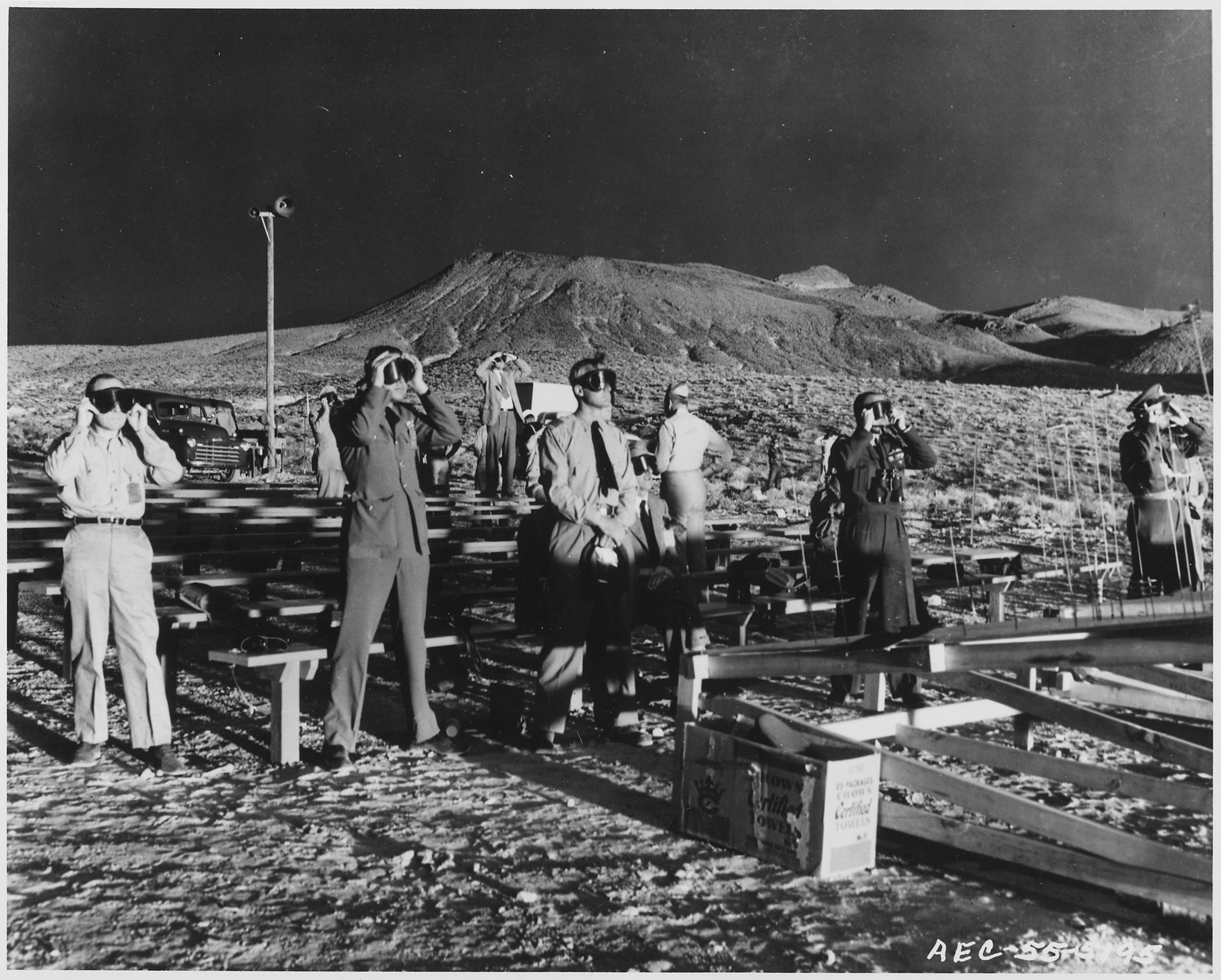KASHIHARA, JAPAN—Thirteen holes for stone foundation posts have been discovered in the Toho Kanga area of Fujiwara-kyo, the capital of Japan between 694 and 710 A.D. “When the capital was relocated to Fujiwara-kyo, the east side may have been dedicated to residential quarters for imperial family members or for other important purposes. The discovery could be a crucial turning point in research on Fujiwara-kyo,” Masashi Kinoshita of Tokyo Gakugei University told The Asahi Shimbun. The building may have been a pavilion or a storehouse on stilts with a tiled roof. Another building, represented by five square-shaped holes with rounded edges, was also uncovered.
1,300-Year-Old Imperial Building Found in Japan’s First Capital
News December 12, 2014
Recommended Articles
Features May/June 2025
Lost City of the Samurai
Archaeologists rediscover Ichijodani, a formidable stronghold that flourished amid medieval Japan’s brutal power struggles
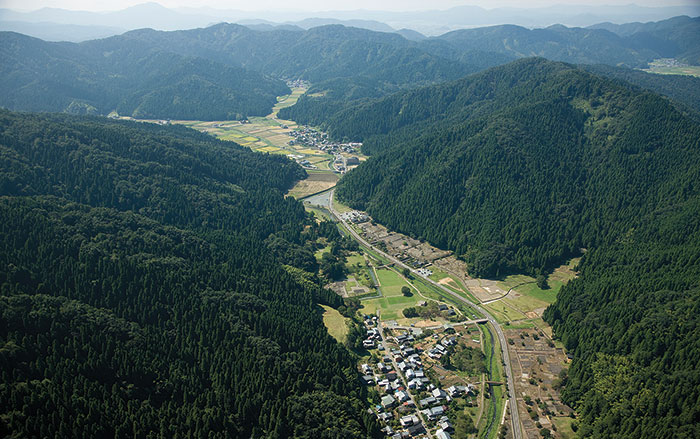
Digs & Discoveries March/April 2023
Weapons of Choice
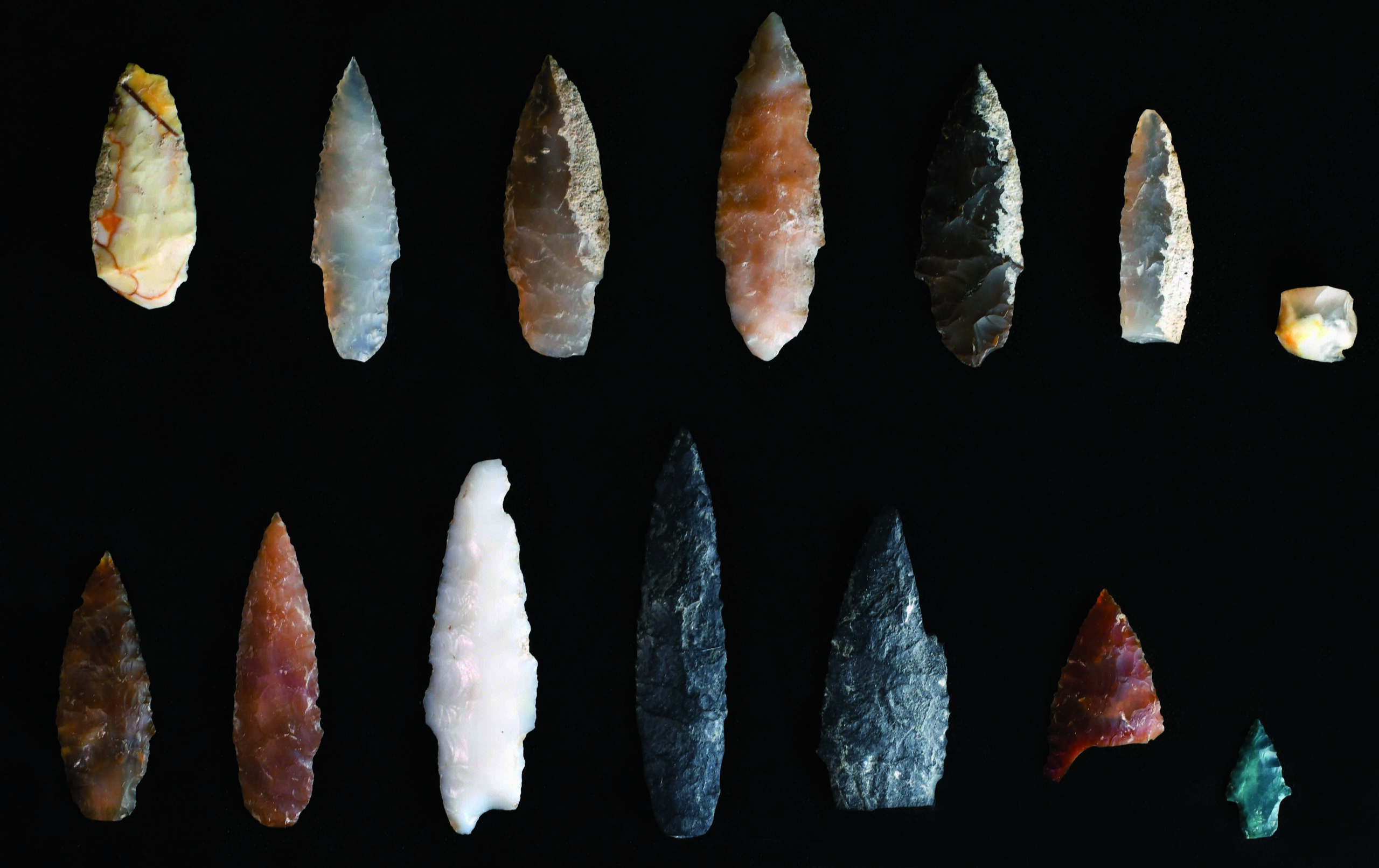
Digs & Discoveries January/February 2022
Japan's Genetic History
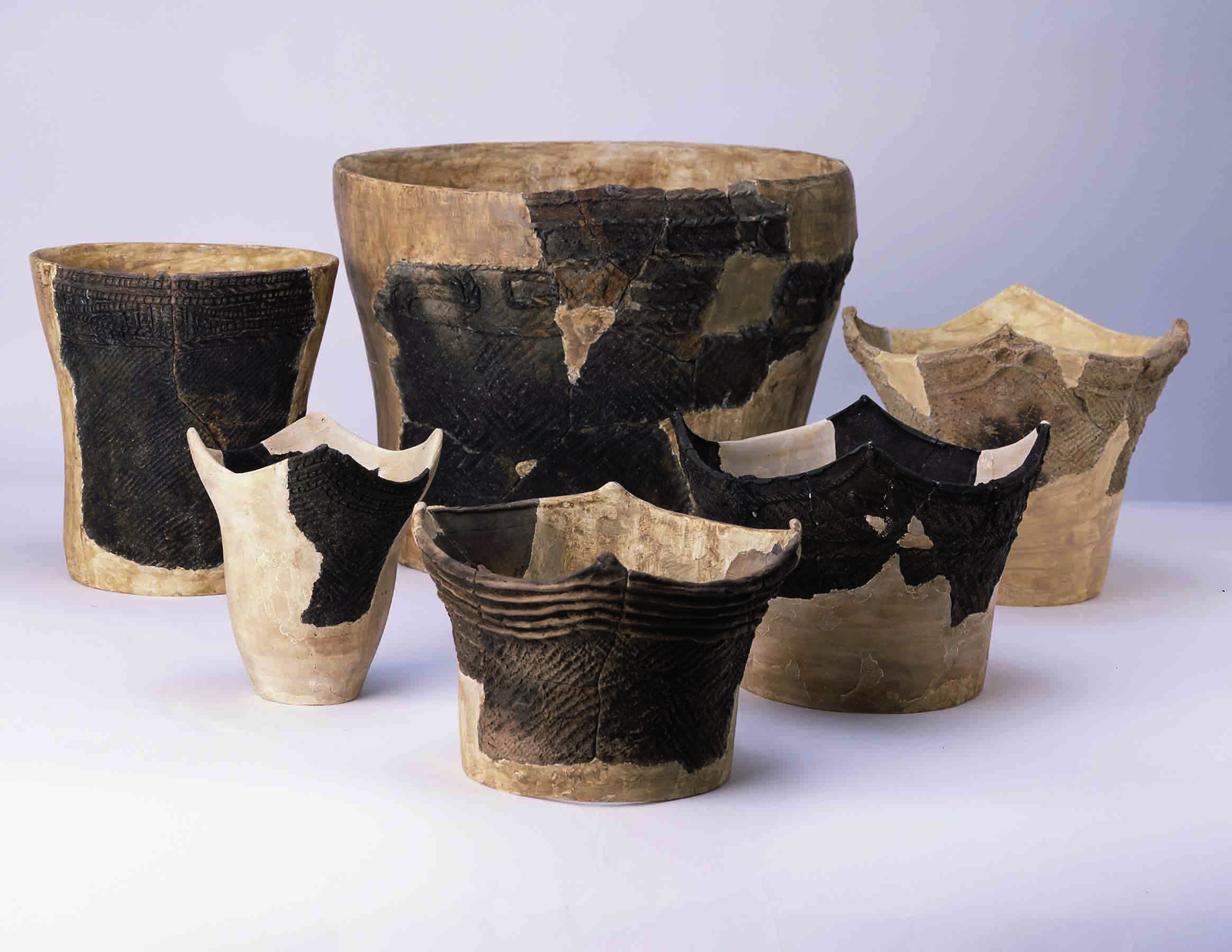
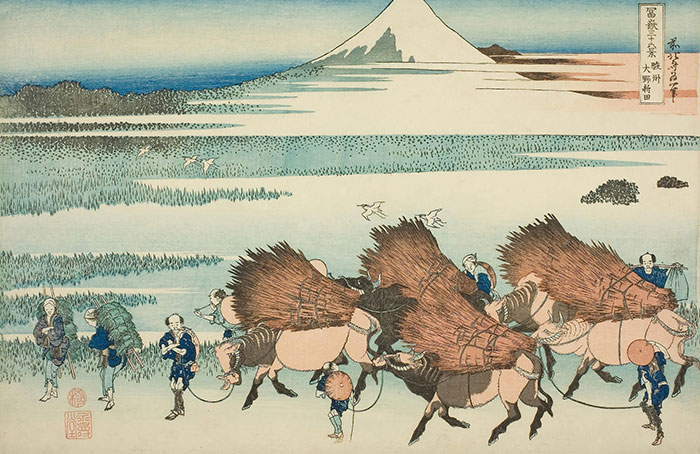
-
Features November/December 2014
The Neolithic Toolkit
How experimental ARCHAEOLOGY is showing that Europe's first farmers were also its first carpenters
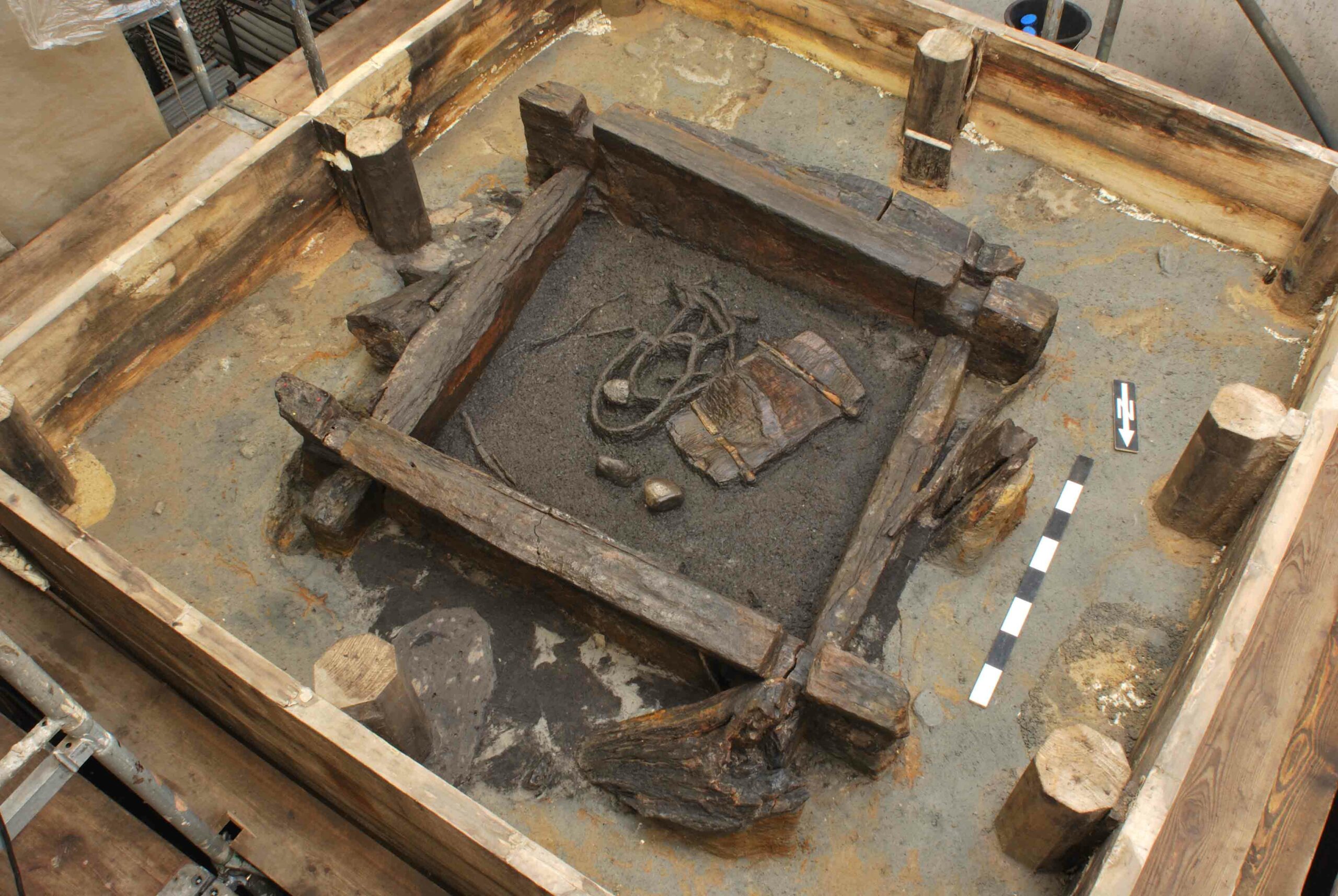 (Courtesy Rengert Elburg, Landesamt für Archäologie Sachsen)
(Courtesy Rengert Elburg, Landesamt für Archäologie Sachsen) -
Features November/December 2014
The Ongoing Saga of Sutton Hoo
A region long known as a burial place for Anglo-Saxon kings is now yielding a new look at the world they lived in
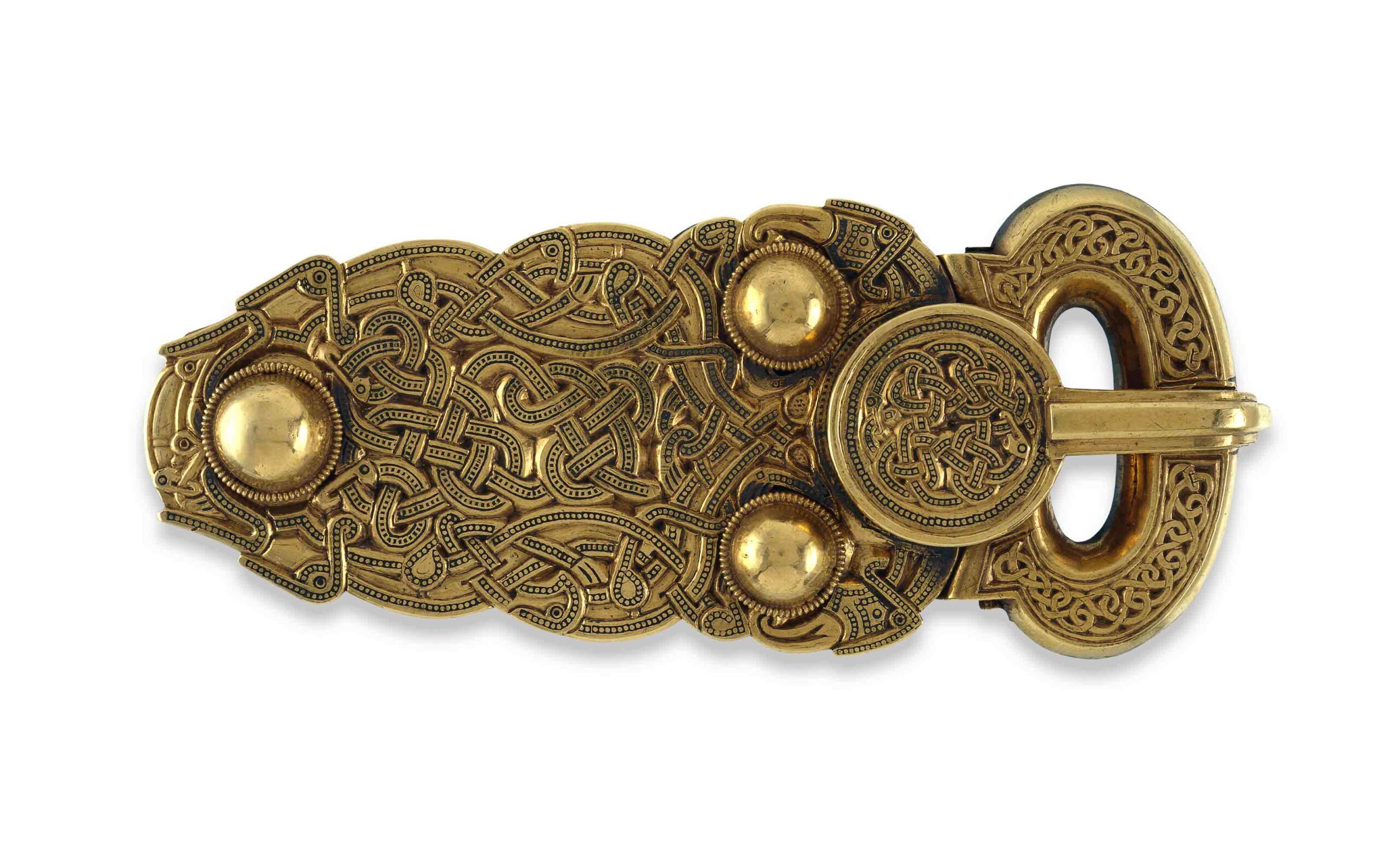 (© The Trustees of the British Museum/Art Resource)
(© The Trustees of the British Museum/Art Resource) -
Letter From Montana November/December 2014
The Buffalo Chasers
Vast expanses of grassland near the Rocky Mountains bear evidence of an extraordinary ancient buffalo hunting culture
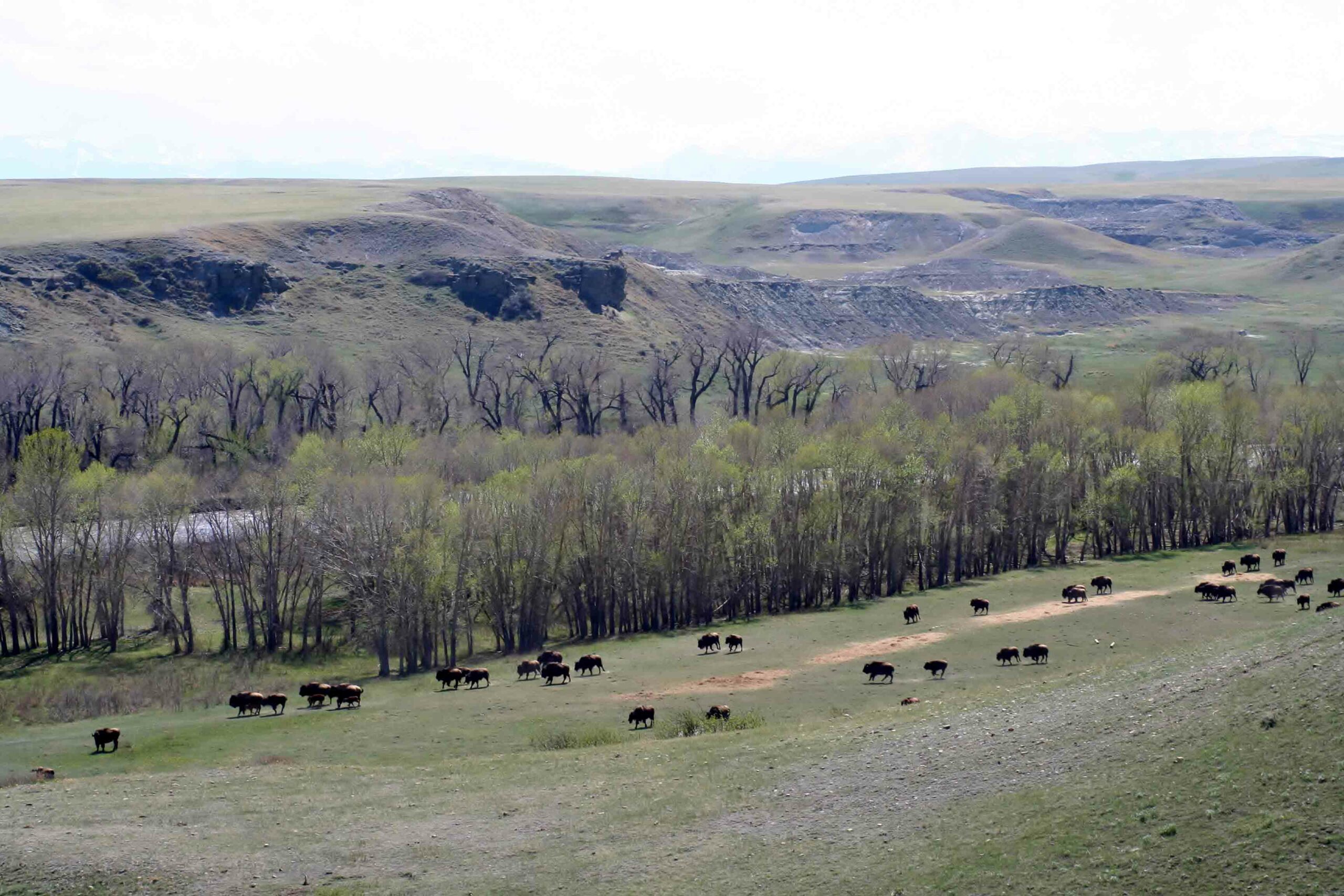 (Maria Nieves Zedeño)
(Maria Nieves Zedeño) -
Artifacts November/December 2014
Ancient Egyptian Ostracon
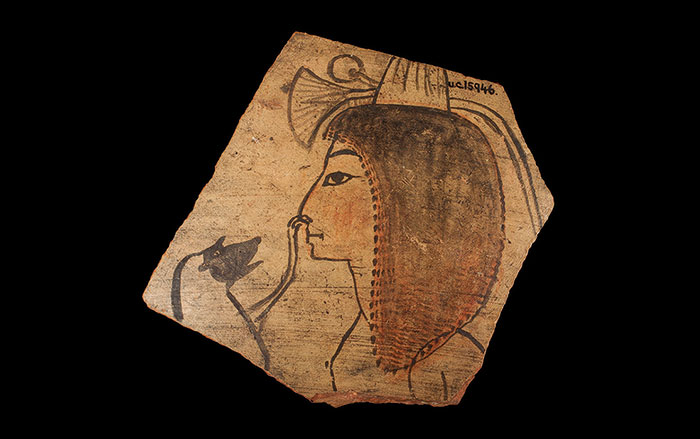 (Petrie Museum of Egyptian Archaeology, UCL, UC15946)
(Petrie Museum of Egyptian Archaeology, UCL, UC15946)


